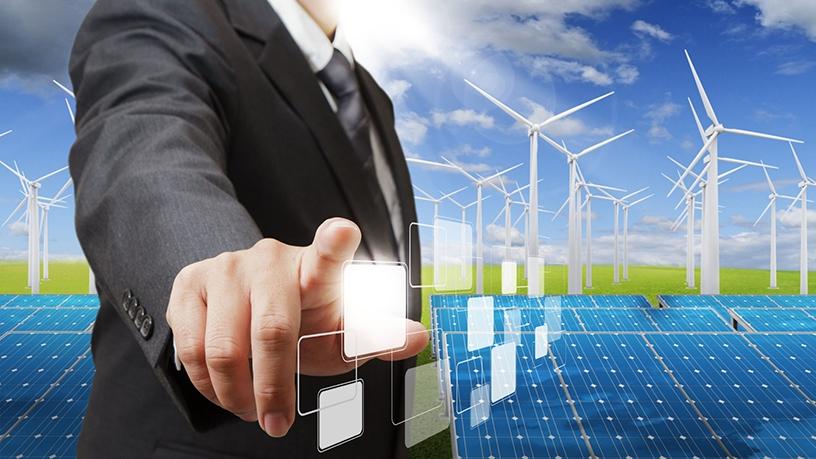
As technologies such as blockchain, artificial intelligence (AI) and 3D printing continue to advance the deployment of renewables, prices will likely continue to fall, and accessibility will improve.
This is according to a new Deloitte global report: "Global Renewable Energy Trends", which says renewable energy sources, notably solar and wind, are reaching price and performance parity on and off the grid.
It points out that three key enablers (price and performance parity, grid integration, and technology) allow solar and wind power to compete with conventional sources on price, while matching their performance.
"In 2017, emerging markets accounted for 63% of global new investment in renewable energy, widening the investment gap with developed countries to a record high," says Shamal Sivasanker, Deloitte Africa's infrastructure and power industry leader.
"Africa and South America respectively have the greatest solar and wind resources, but these remain largely untapped, with Africa having one of the highest costs for solar PV due to investment costs. The trends in Sub-Saharan Africa point to more viable renewable energy integration for the purposes of meeting the demands of rural electrification and growth in the commercial and industrial sectors."
According to the report, technology is accelerating the deployment of renewables. It notes that automation and advanced manufacturing are improving the production and operation of renewables by reducing the costs and time of implementing renewable energy systems.
Regarding AI, Deloitte says it can fine-tune weather forecasting, optimising the use of renewable resources, while blockchain can enable energy attribute certificate markets to help resolve trust and bureaucratic hurdles; and advanced materials are transforming the materials of solar panels and wind turbines.
It notes that already, among the cheapest energy sources globally, solar and wind have not even run the full course of their enabling trends yet. As costs continue to fall and accessibility increases, the demand for renewables is growing rapidly.
The report also states that the unsubsidised cost of solar and wind power has become comparable or cheaper than traditional sources in much of the world, adding that new storage options are now making renewables more dispatchable; once an advantage of conventional sources.
Once seen as an obstacle, wind and solar power are now viewed as a solution to grid balancing, says Deloitte. They have demonstrated an ability to strengthen grid resilience and reliability and provide essential grid services, it notes.
Sivasanker points out that smart inverters and advanced controls have enabled wind and solar to provide grid reliability services related to frequency, voltage and ramping as well as or better than other generation sources.
"When combined with smarter inverters, wind and solar can ramp up much faster than conventional plants, help stabilise the grid even after the sun sets and the wind stops, and, for solar PV, show much higher response accuracy than any other source.
"Most of the world's population now lives in growing cities, some of which have taken a proactive 'smart' approach to managing their infrastructure with connected sensor technology and data analytics."
Deloitte says the focus of more advanced smart cities is to enhance quality of life, competitiveness and sustainability.
Solar and wind are at the intersection of these goals because they contribute to depollution, decarbonisation and resilience, while enabling clean electric mobility, economic empowerment and business growth, it says.
It adds that building on the original trend towards 'community solar', the addition of storage and management systems give communities more flexibility when implementing renewables. On-grid communities can now be powered independently from the grid, and in off-grid areas, community-owned partnerships enable electrification and reinvestment of profits.
"With prices continuing to drop, developed countries and emerging markets alike have the ability to integrate renewables into their grid systems to ensure competitive advantage," Sivasanker concludes.
Share